October 29, 2025
Data Shows Endangered Palau Ground Doves Swiftly Recovering After Successful Palauan Island Conservation Effort
Astounding evidence of recovery on Ulong Island in Palau after just one year!
Published on
January 25, 2017
Written by
Emily Heber
Photo credit
Emily Heber
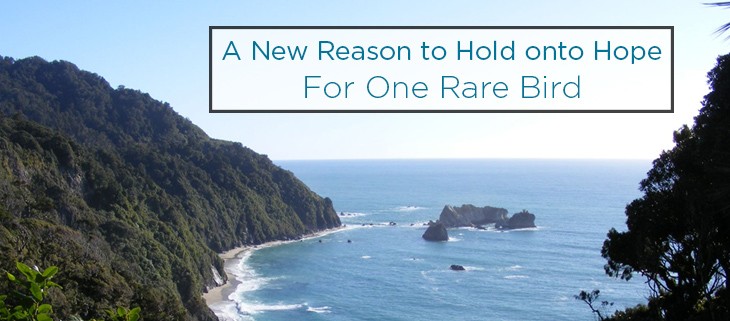
On a small island off the coast of New Zealand, bird enthusiasts and conservation biologists have just received a welcomed surprise. The Endangered Mohua, also known as a yellowhead, lives in New Zealand and nowhere else in the world. Just recently, it has been discovered breeding on NZ’s Blumine Island.
In 2013, thirty-one Mohua were relocated to the island after invasive rats and stoats caused dramatic population declines. The New Zealand Department of Conservation rangers have found five pairs of the species. Three of these pairs were raising fledglings or incubating eggs. DOC Ranger, Dan Palmer explains:
It was especially pleasing to find the nests as the year before only nine adult mohua could be found and no chicks were seen so we couldn’t be sure if they were breeding.

This finding offers new hope to the program and revealed that the elusive birds might have still been breeding.
But we now believe they had been breeding as the male of the pair incubating eggs was unbanded. All the mohua moved to Blumine Island had bands put on their legs to identify them so this unbanded bird must have hatched on the island, said Palmer.
As one of the few populations of Mohua, this is a huge success and offers hope for the eventual recovery of the species. However, this is just the beginning. Palmer explains:
Mohua numbers on the island are still uncomfortably low, putting the population at risk from threats such as a stoat getting onto the island or a storm. But knowing the mohua can breed to build up their numbers gives us encouragement they can have a secure future on Blumine Island.
The populations still have a ways to go in order to return to a stable population, but breeding success on the island marks an important step. Hopefully in upcoming years Blumine Island will join the short list of invasive-free islands that can support these birds and other threatened native wildlife.
Featured photo: New Zealand South Island. Credit: Richard Roche
Read the Department of Conservation press release at Scoop.co
Check out other journal entries we think you might be interested in.

October 29, 2025
Astounding evidence of recovery on Ulong Island in Palau after just one year!
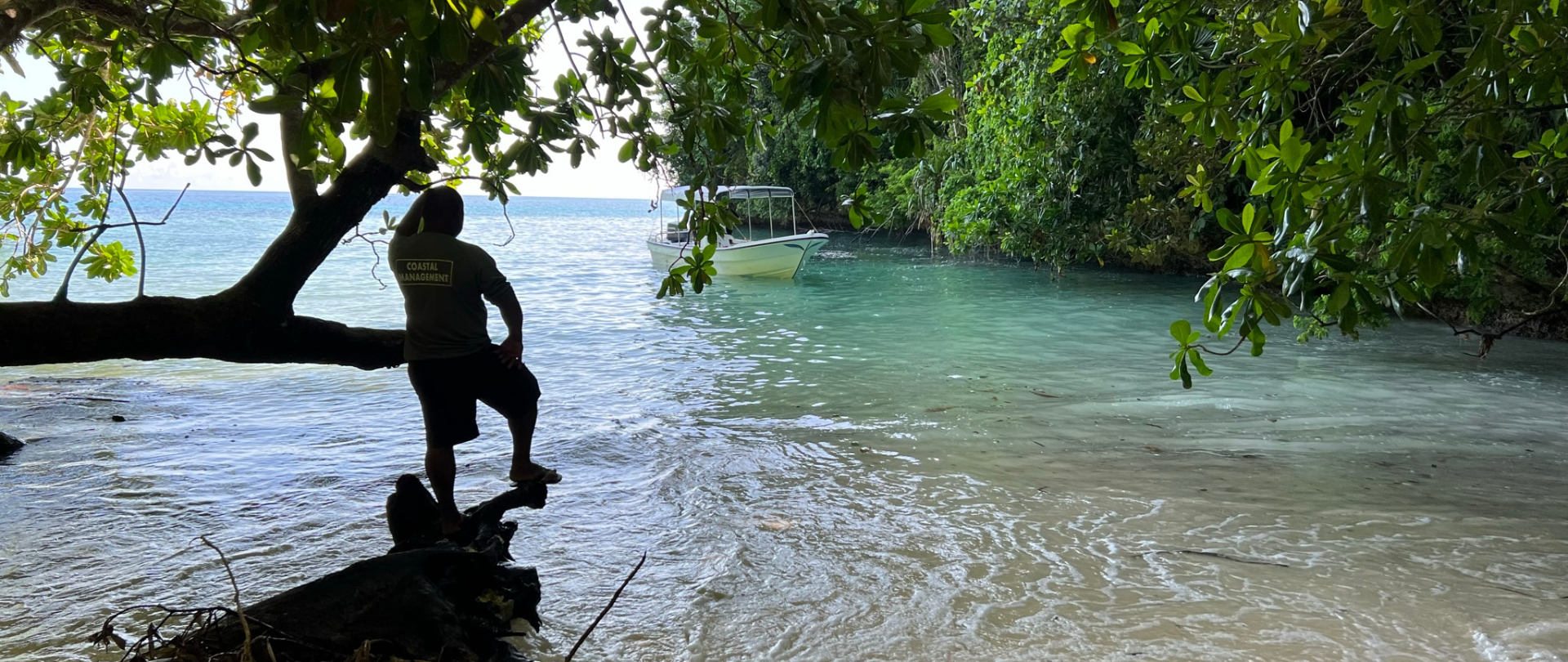
May 19, 2025
Read our position paper on The 3rd United Nations Ocean Conference (UNOC 3) to see why we're attending and what we aim to accomplish!
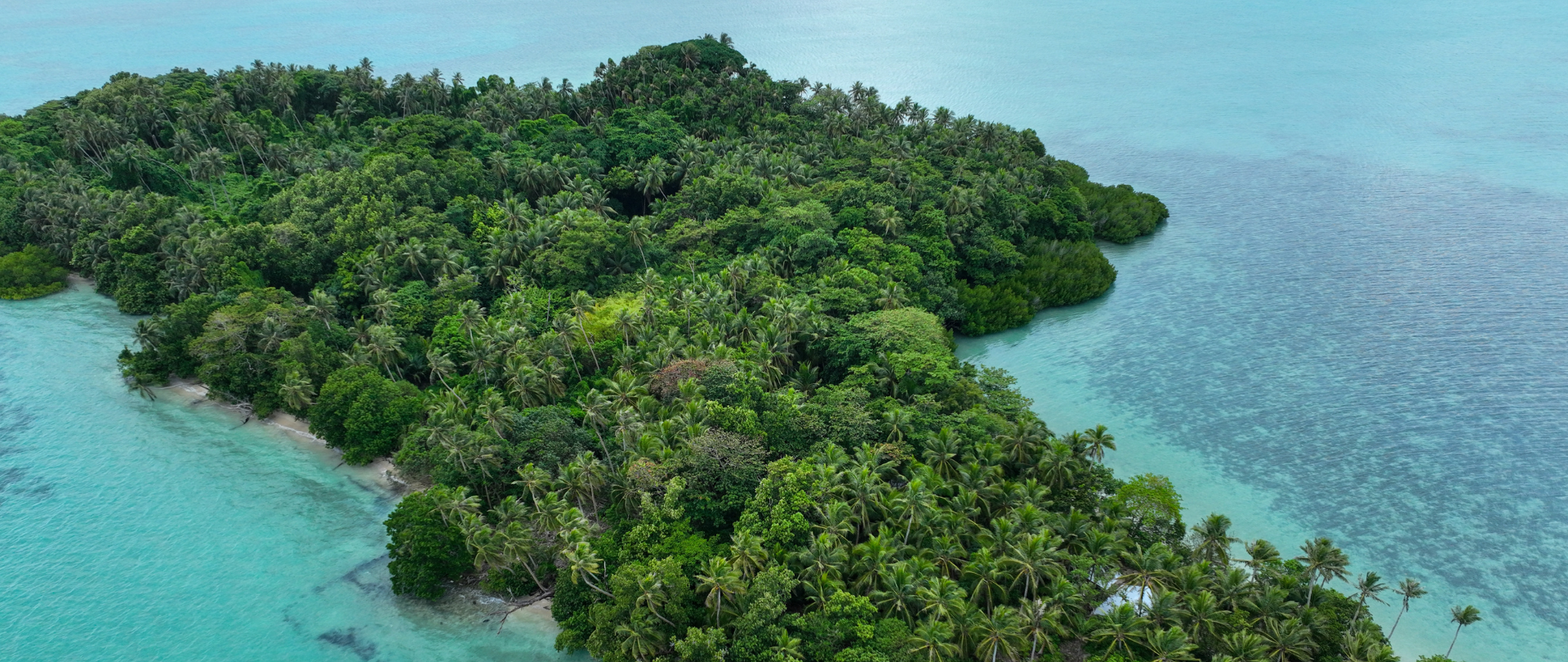
December 4, 2024
Ann Singeo, founder of our partner organization the Ebiil Society, shares her vision for a thriving Palau and a flourishing world of indigenous science!
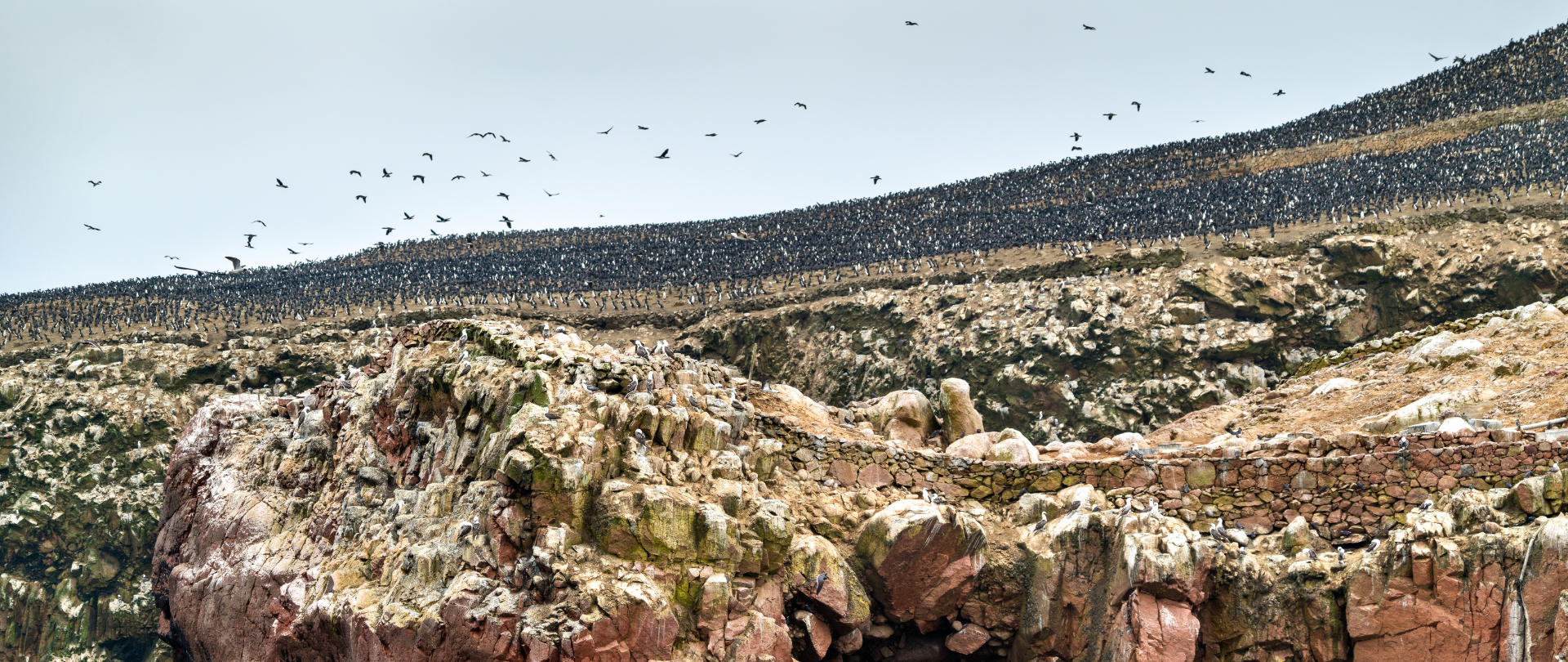
November 22, 2024
This historic agreement aims to protect the marine and coastal areas of the Southeast Pacific.
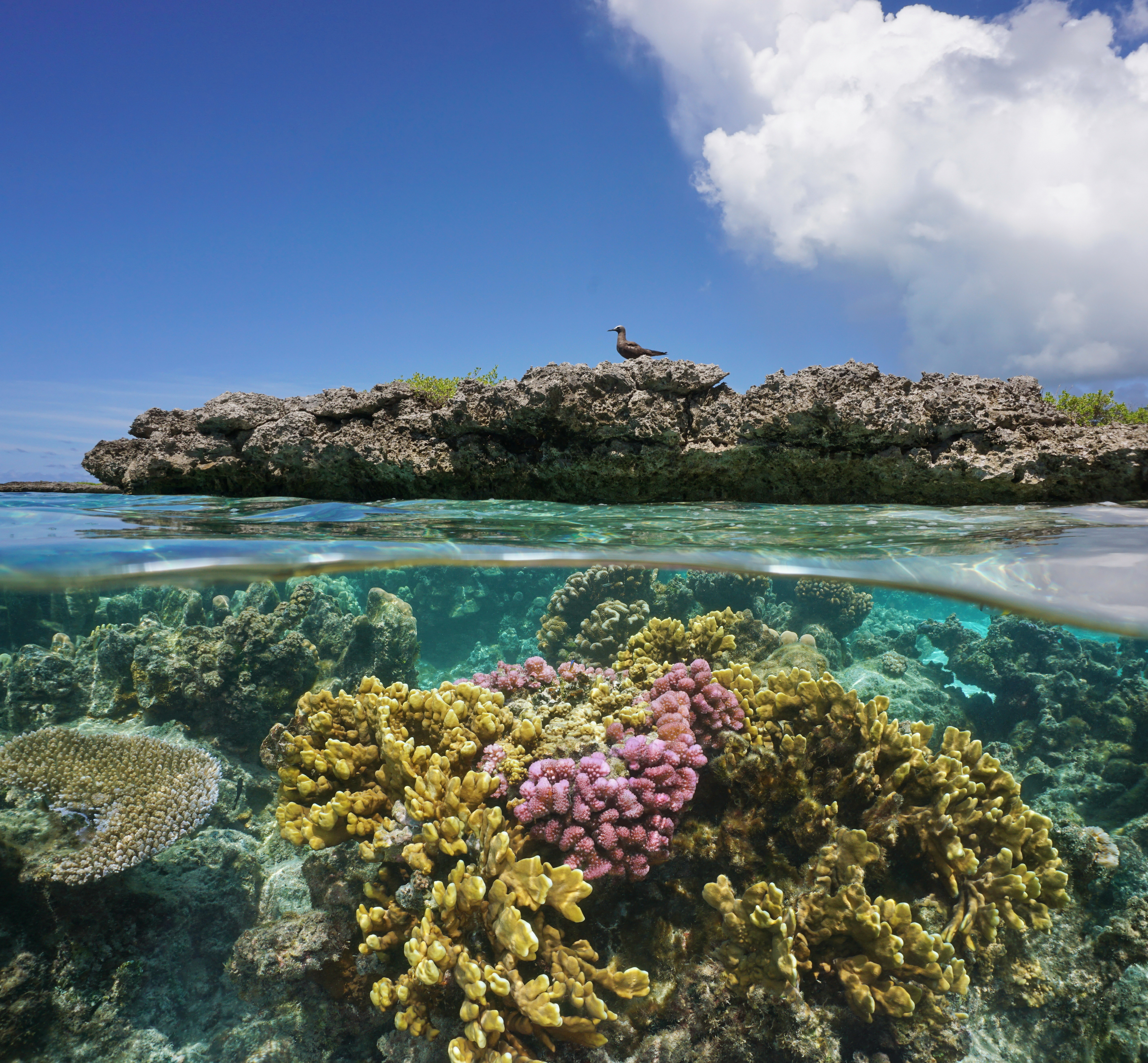
November 18, 2024
Our projects to restore key islets in Nukufetau Atoll forecast climate resilience and community benefits in Tuvalu!
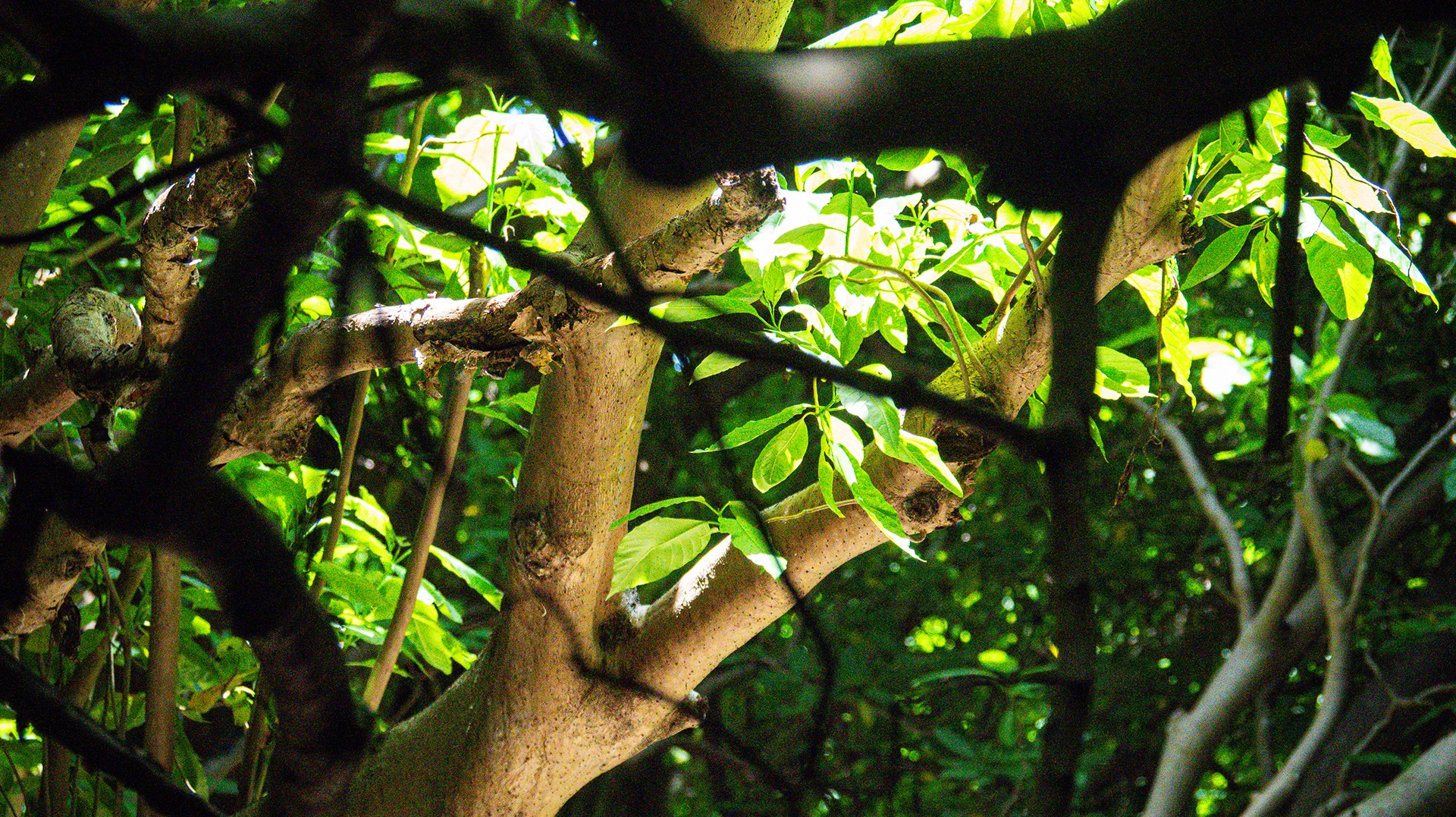
October 3, 2024
Island Conservation and partners have published a new paper quantifying ecosystem resilience on restored islands!
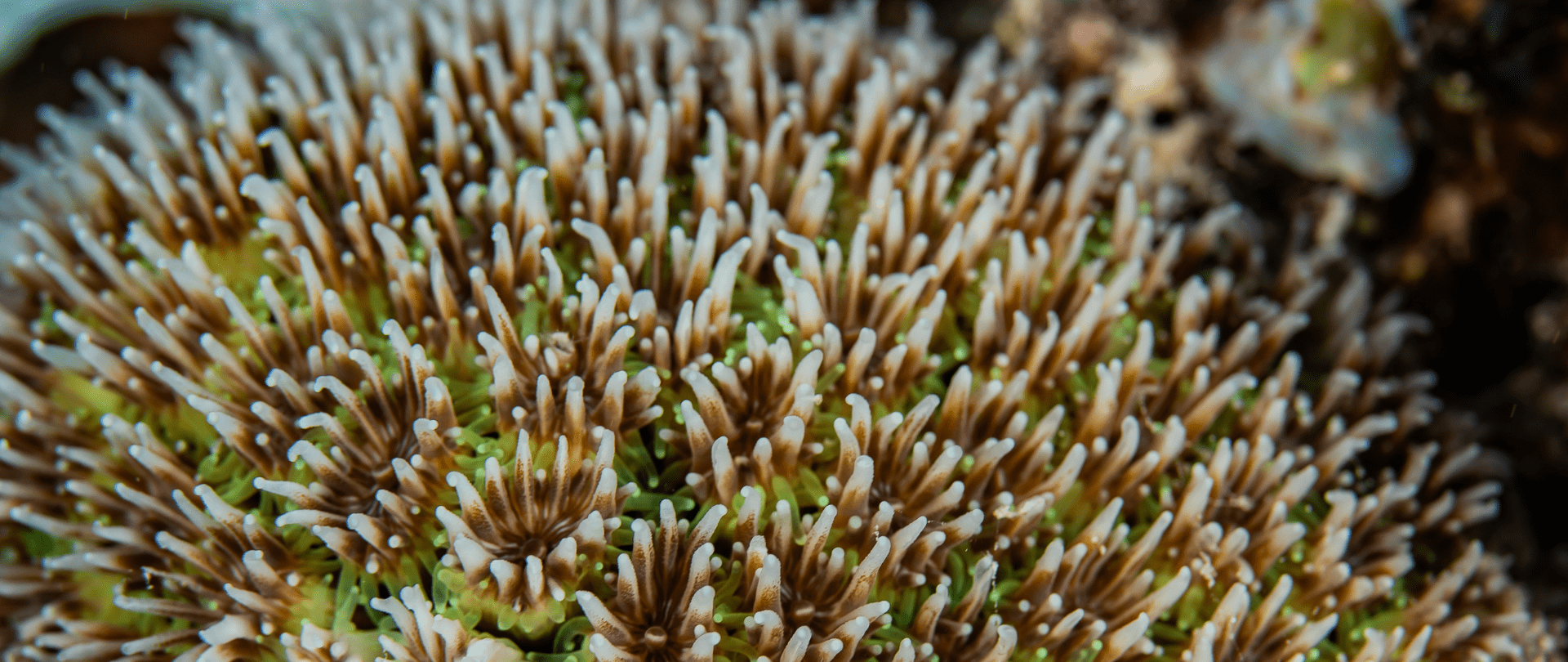
September 10, 2024
Climate Week NYC: what is it and why is it important? Read on to find out why Island Conservation is attending this amazing event!

September 5, 2024
With sea levels on the rise, how are the coastlines of islands transforming? Read on to find out how dynamic islands really are!

December 14, 2023
Join us in celebrating the most amazing sights from around the world by checking out these fantastic conservation photos!
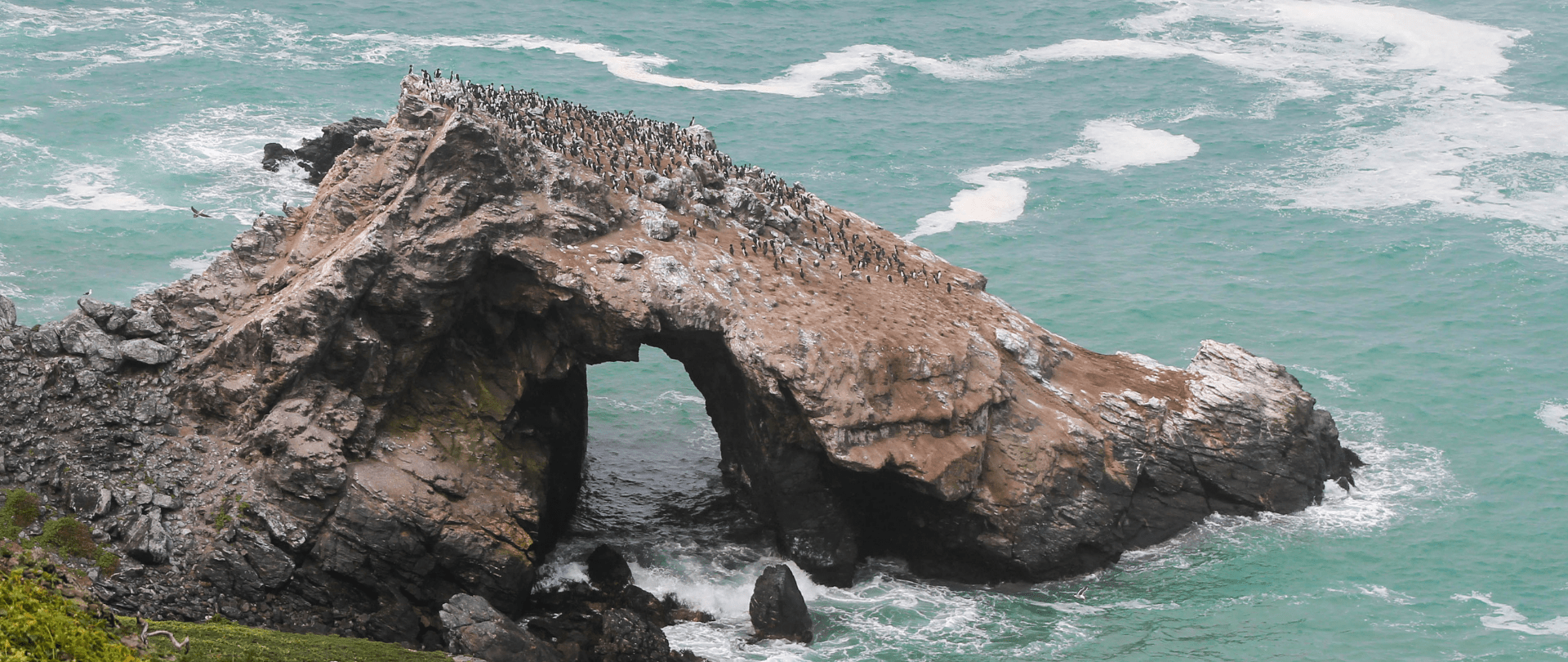
November 28, 2023
Rare will support the effort to restore island-ocean ecosystems by engaging the Coastal 500 network of local leaders in safeguarding biodiversity (Arlington, VA, USA) Today, international conservation organization Rare announced it has joined the Island-Ocean Connection Challenge (IOCC), a global effort to…